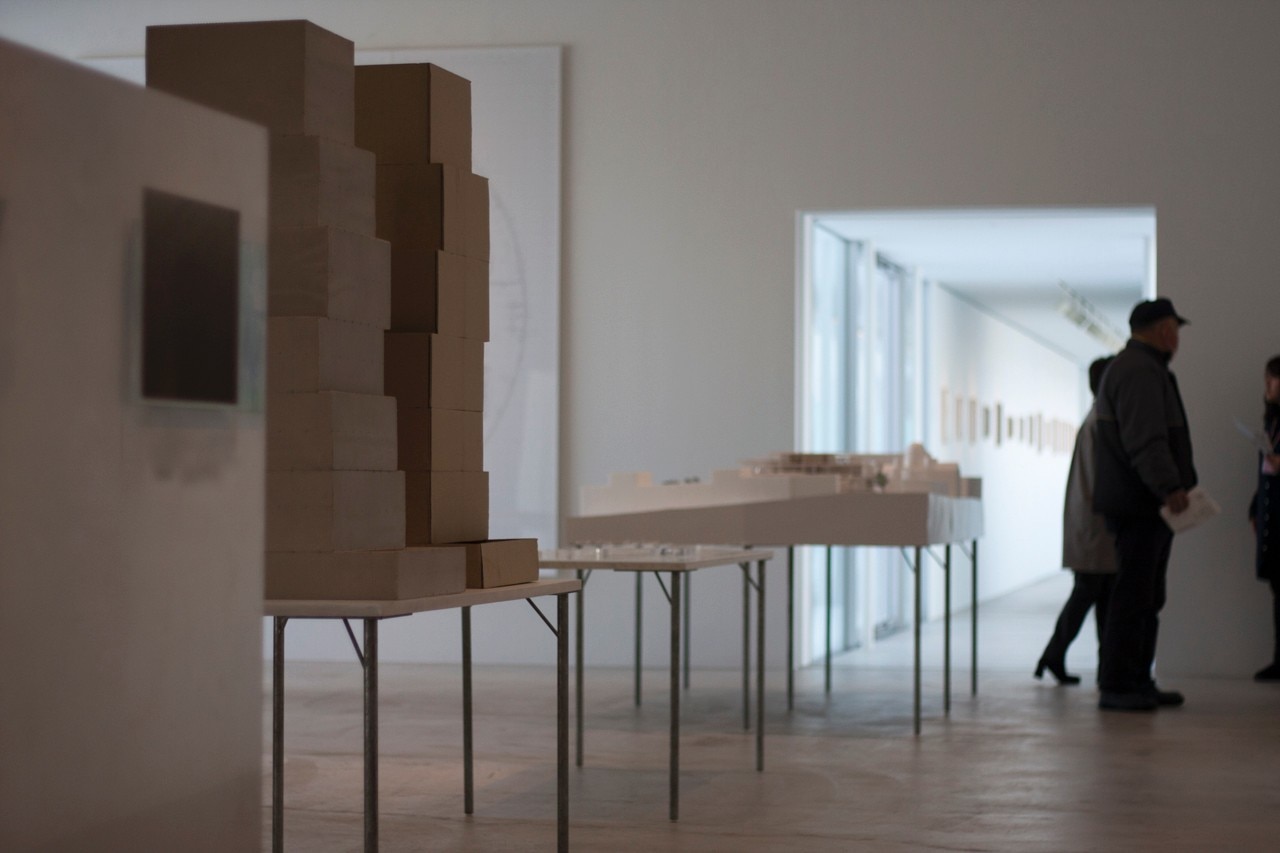While less exclusive, somewhere like Tokyo is the very essence of ambiguous context, made up of solitary constructions shielding themselves from elements from the outside world including, it would seem, us. The separation of structure from structure makes each building its own island and opening a window to see whats happening down below is no longer that simple. Far from being nomadic, such a place represents the complete opposite.
So what gives? Why so ambiguous? Looking to the work of architectural practice SANAA for answers, their approach is both specific and universal, settled and nomadic, exploiting the possibilities of a tactile relationship between the inside and outside. If their buildings could talk what would they have to say?
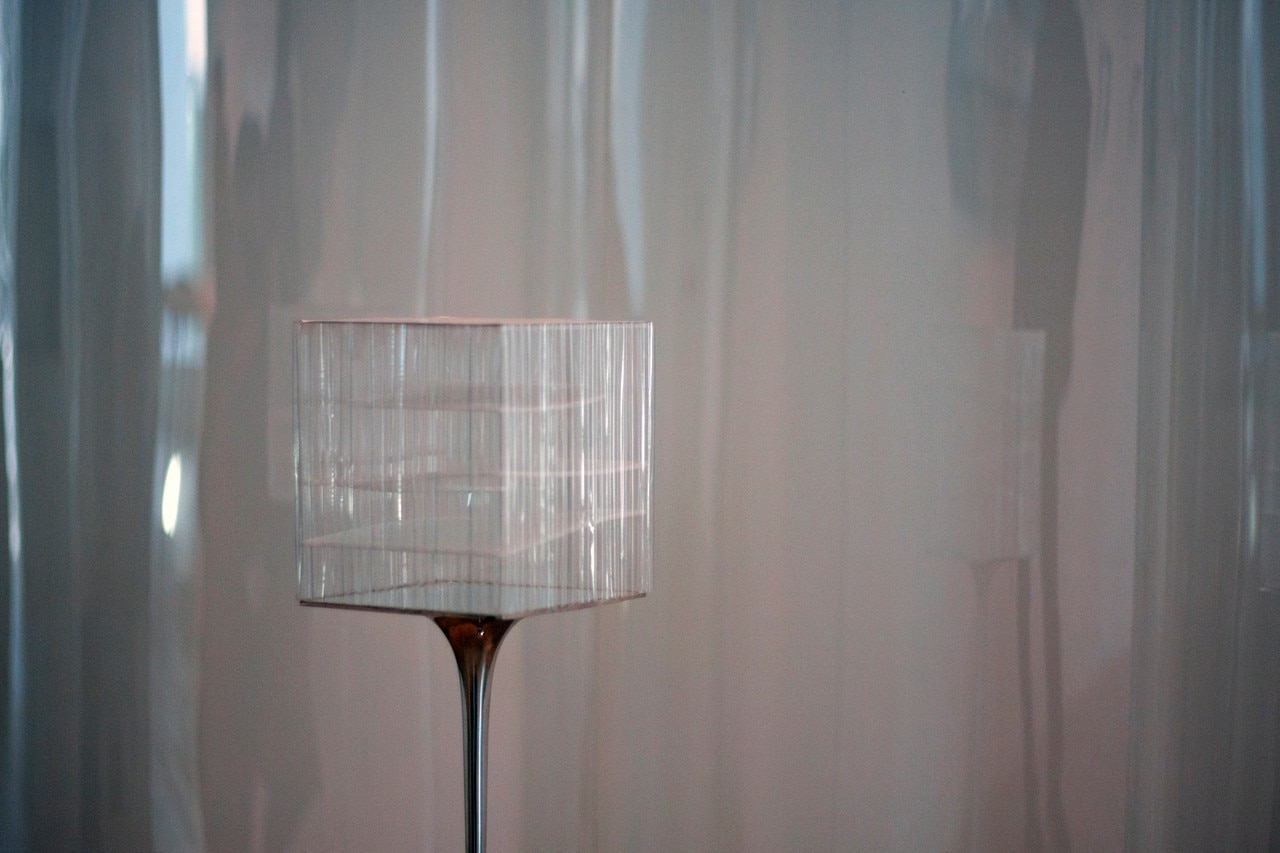
The northern city of Towada sits close to Japan’s eastern seaboard. Its prefecture, Aomori, is one of six that make up Tohoku, a remote and expansive region famed for it’s landscape and agriculture. Towada is a world-away from the cities of Tokyo and Sendai and to it’s immediate south and though punctuated by signage, wear and tear its not the noise and neon that stand out but animal motifs dotted throughout the city, intermittent pillars and posts capped off with the equine figure of a horse.
In the middle of the city along a tree-lined street, the museum of Towada Art Center sits either side of Kanchogaidori, the road thats home to offices of the local government, some of which have slowly moved away. One side of the street sits the museum with the other an Art park and sculpture that both re-imagine a city as a place not only historically important but also culturally relevant.
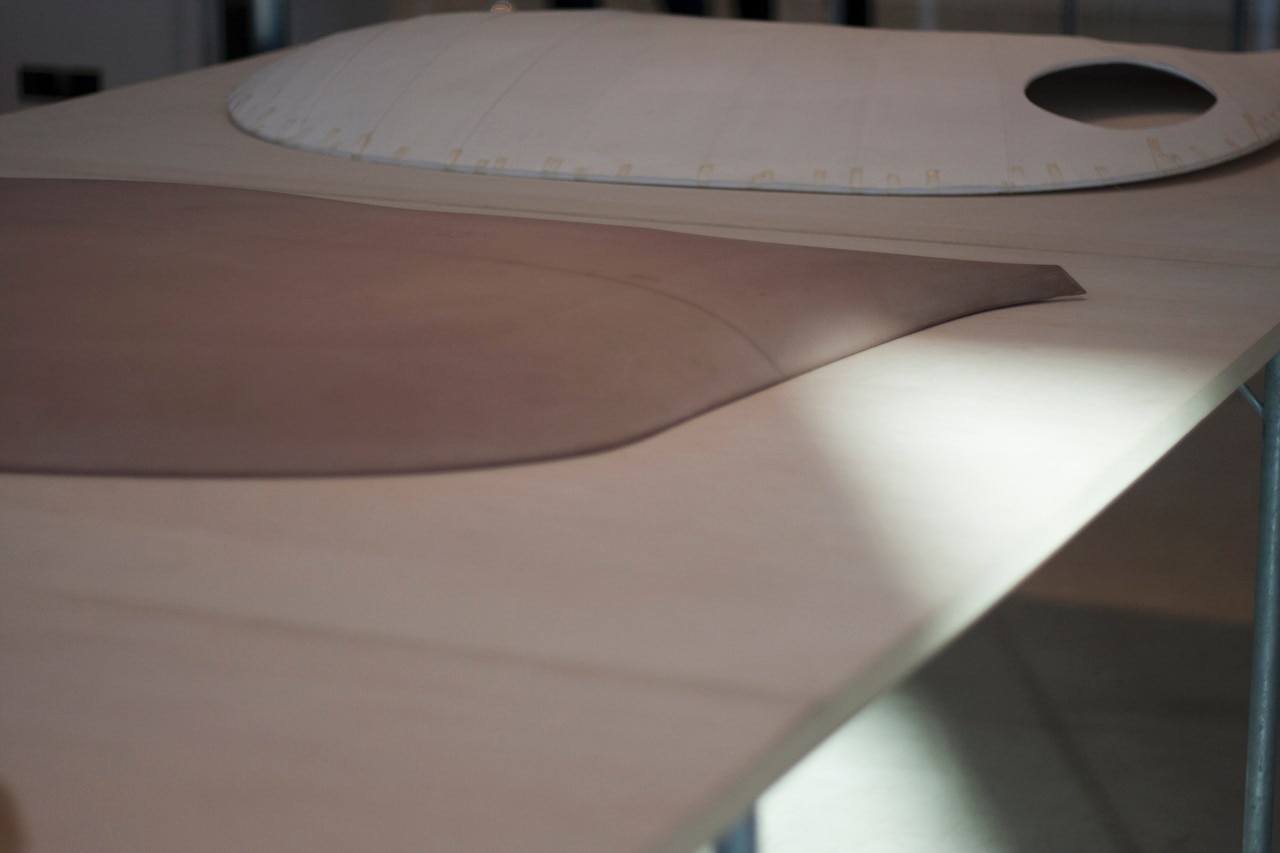
Towada Art Center’s 5th anniversary is marked by it’s latest exhibition “SANAA Kazuyo Sejima + Ryue Nishizawa”, a retrospective of the architectural practice and the recipients of the Pritzker Prize in 2010. New York’s Museum of Contemporary Art, Teshima Museum and Kanazawa’s 21st Century Museum of Contemporary Art feature prominently. Cardboard and clay models site on table tops, alongside a prototype for the Hyundai Card Concert Hall facade in Seoul, South Korea.
Backed by a massive plan of the Kanazawa Art museum and photography of Nagano’s O-Museum, the exhibition does little to present a process or method, leaving the questions of "how" and "why" to diagrams and notes that pace the long corridor wall of the museum. During a talk given by Nishizawa on the exhibition's opening day he carefully explained the intention behind each major project, the significance each placed on its context and the specific demands of each.
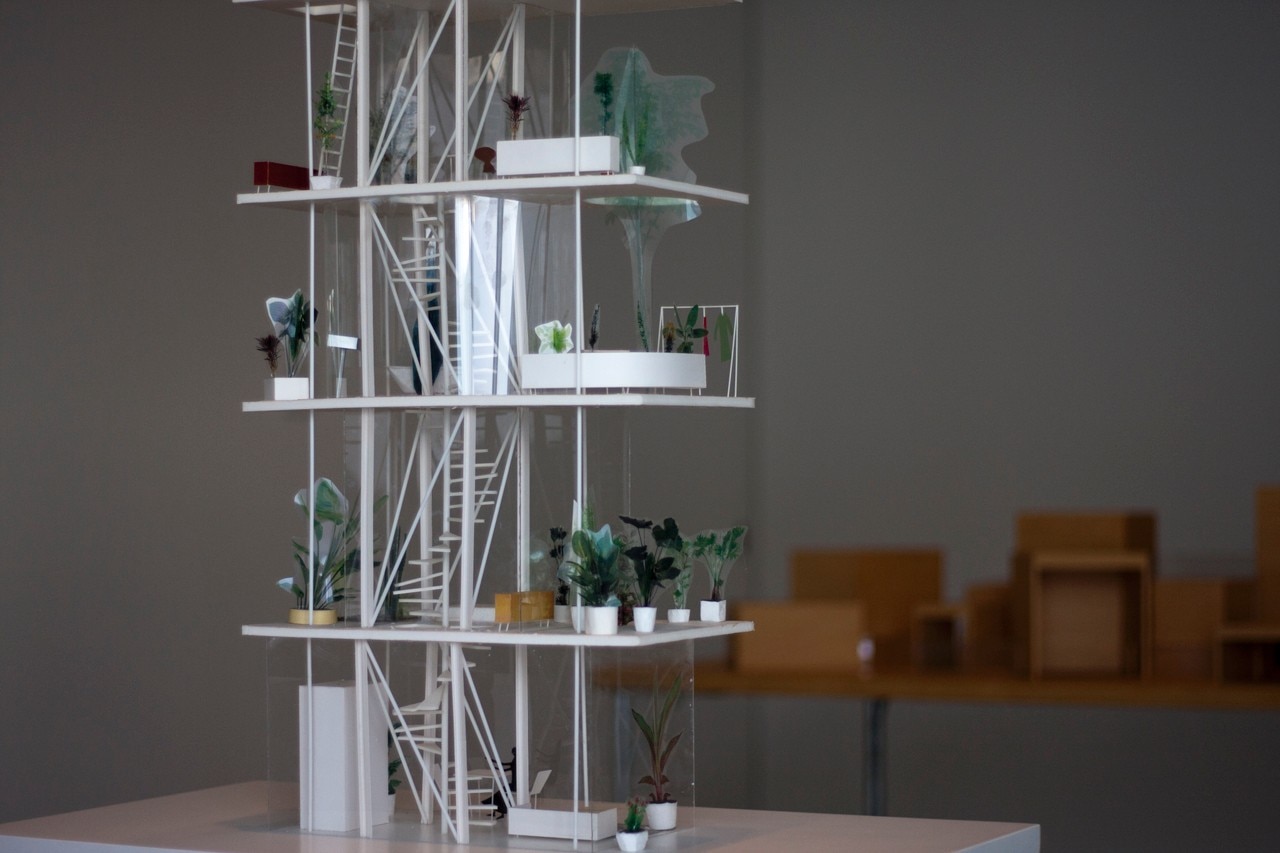
His own Fukita Pavilion, for example, completed for the 2013 Setouchi Arts festival on Shodoshima Island mixed the simplicity of its diagram with the complexity of an ingenious structure which, part-playground and part-bench, forms itself from two discrete metal sheets pinned together mid-air in each corner.
The Rolex Learning Centre in Lausanne, Switzerland, a model for which sits in the main foyer, is as much to do with the sky as it is the ground its laid across. Entrance to the building is not conventional just as the space inside resists division and separation.
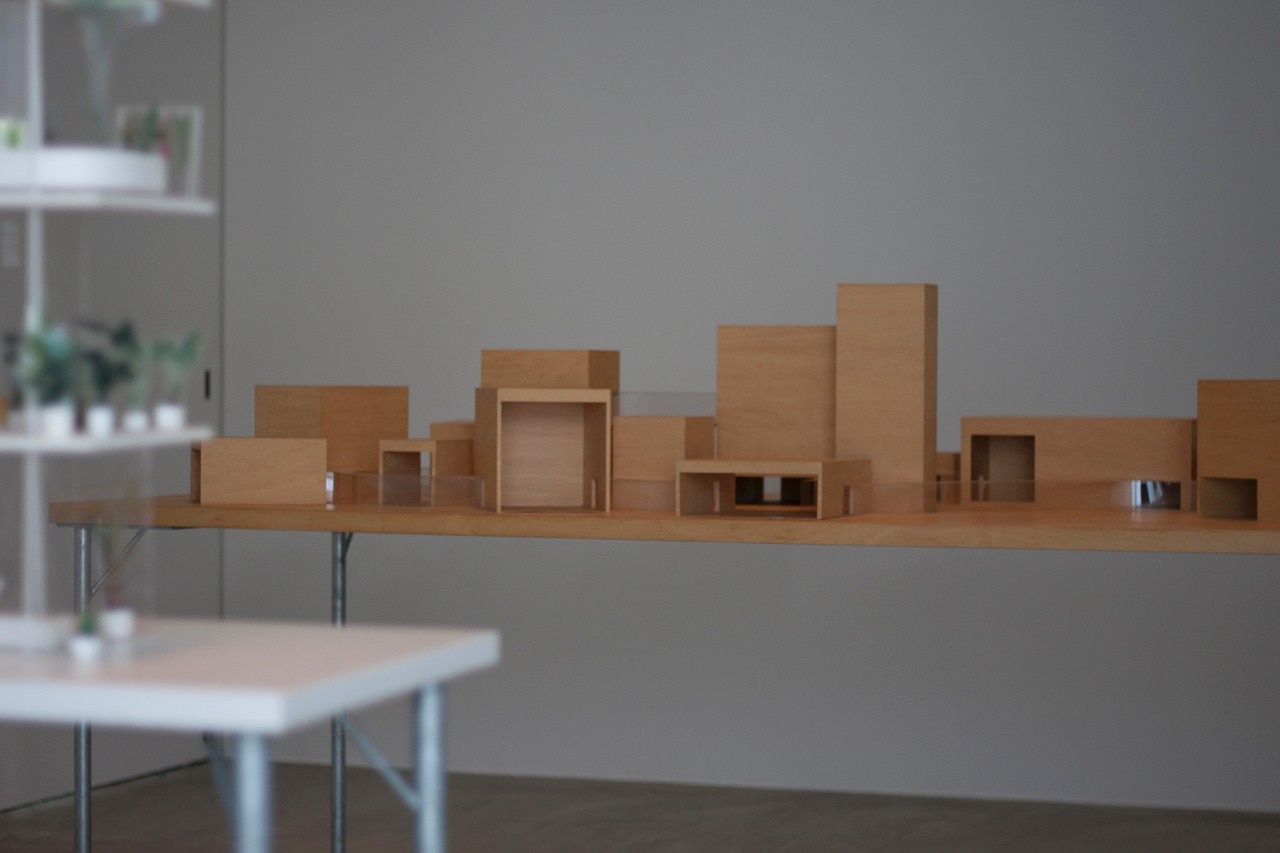
Films like Tokyo-Ga, Notebook on Cities and Clothes, even Paris, Texas query this landscape of shifting people. SANAA are no different and Wenders somehow aids their building not by pointing out what works or doesn't but by imagining it as a character itself full of others. Filmed and watched in 3D, its not affected by Hollywood’s need to blow things up. It merely floats by, touching upon some of the understated promises they embed within and keep throughout, things SANAA shy away from.
Wenders 3D cinema is no excuse for over sophistication it simply expands ordinary moments into extraordinarily reassuring spaces. In the case of the Lausanne building, with areas bleeding into one another through their continuous rise and fall the kinds of question the building might ask and the insight it might give were it to answer are imagined.
What would these buildings sound like indeed? The exhibition gives a clue as to what this sound might be.
[1] John Hejduk: Builder of Worlds (excerpt) – https://www.youtube.com/watch?v=dGbJXxsYm3M
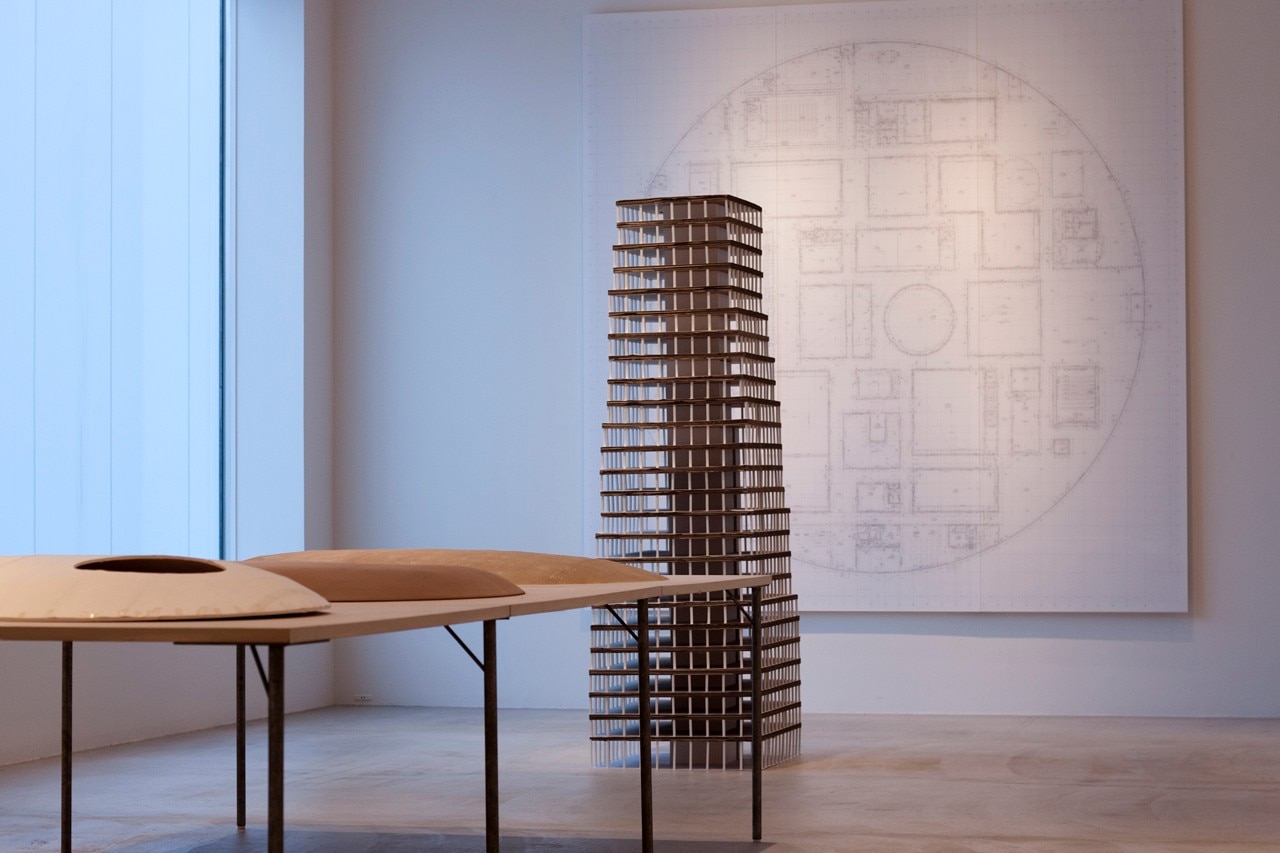
until March 30
“SANAA Kazuyo Sejima + Ryue Nishizawa”
Towada Art Center, Japan


